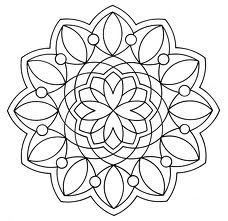People tend to either love or dislike poses like Pigeon. Regardless of which camp you inhabit, keep in mind that Pigeon can help safeguard your knees and low back and make other poses infinitely more pleasant. Here’s a look at the tremendous benefits of hip openers.
Open hips can mean less back pain – Tight hip flexors pull your pelvis forward and exaggerate the curve in your lower back. Picture your entire pelvis as a bowl of water spilling toward your toes, with the back side of the bowl raised up. When your lumbar becomes shortened, you’re likely to feel compression and discomfort over time. You’ll notice it in your poses, too. If your hip flexors are short in a pose like Warrior I or Camel, your lower back will overdo the arch, and you’ll feel pain. Open hip flexors help bring the pelvis back to neutral and mitigate pain.
Hip openers help your knees – Here’s an example: When your outer hips are relatively open in a pose like Warrior II, you’ll be able to rotate your front thigh out and line up your front knee toward the pinky side of the toes. But if that area is tight, your knee will buckle in toward your big toe, which can strain the inner knee. So if you’re unable to externally rotate the femur bone in the hip socket (which is one result of tight hips), the smaller and more delicate knee joint can become overworked.
The hip is a ball-and-socket joint constructed for movement in a whole slew of directions – Including rotation (as opposed to the knee, which is a hinge joint that it is supposed to bend and extend but not rotate). The great thing about Pigeon is that if you practice it on both sides, you get flexion and extension of your knees and your hips. The added bonus is that you get external rotation of the femur in your hip socket, too. Barring injury, it’s a good idea to regularly take your joints through their full range of motion in your yoga practice—you’ll move through your daily life with more ease.










Please can we have more posts like this one
LoL